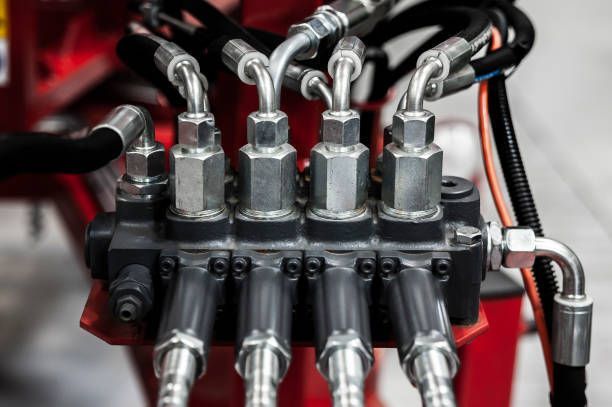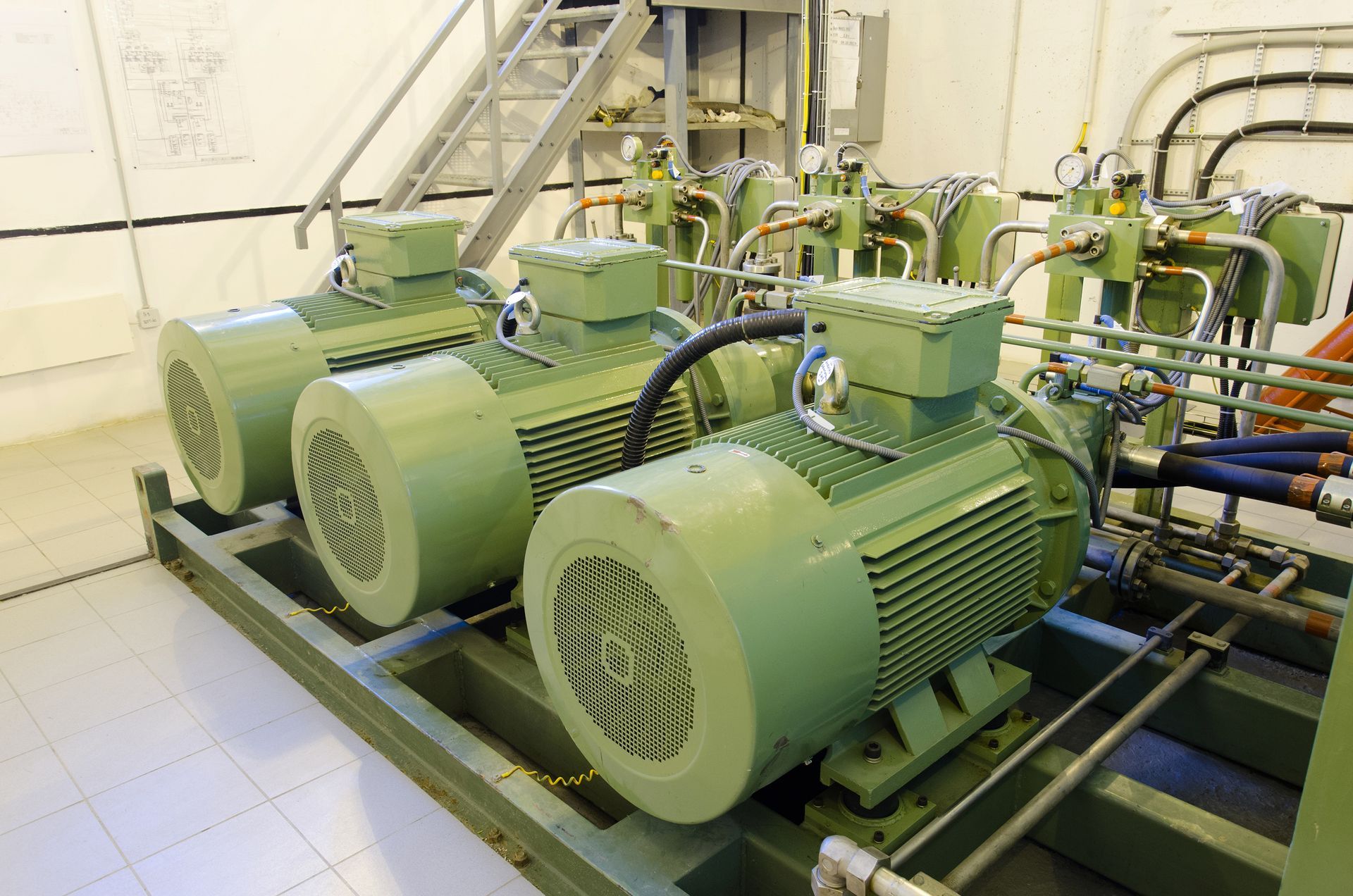Common Types Of Hydraulic Pumps You Should Know
The pump is an integral part of any hydraulic system that receives mechanical energy and transforms it into fluid energy. This process takes place inside the hydraulic system. The mechanical energy comes from the "prime mover," which could be the power take-off or the engine of the truck.
Hydraulic pumps are available in various configurations and find applications in many fields of industry. Each hydraulic pump will have either a single-rotational or a double-rotational design. But each type has a distinct internal structure based on the same fundamental concepts.
Learn more about the most common hydraulic pumps and some of their distinctive features.
Screw Pumps
In a screw pump, the long shaft has helical grooves carved into it at regular intervals. One end of the shaft has a rod connected to it that rotates. When an engine or motor spins the shaft, the hydraulic fluid flows into the grooves. Then, centrifugal forces propel the fluid upwards.
Gear Pumps
A gear pump is a device that uses gears to transmit mechanical and fluid energy from one shaft to the next. These hydraulic pumps are available either with spur gears or even helical gears. The casing of a standard gear pump comprises two input shafts, a single output shaft, and dual gear trains.
Internal and external gear pumps are the two distinct types of gear pumps available in the market.
External Gear Pumps
External gear pumps move fluids with the help of interwoven external spur gears that turn in opposite directions. The teeth's meshing action reduces the volume required to release the oil on the output side. The oil that gets caught in the space between the gears that need to mesh again leaks out via the bearings and returns to the pump's suction side.
Internal Gear Pumps
The internal gear pump moves hydraulic fluid with the help of an internal gear that meshes with an external gear and a sector component. The axis of the external gear does not lie in the same place as the axis of the internal gear.
As the two gears turn, they come out of and back into the mesh. These actions create areas of discharge and suction. The sector separates the suction and the discharge areas.
Piston Pumps
As the name suggests, hydraulic piston pumps employ pistons to propel hydraulic fluid throughout the system. The pistons' exceptional sealing abilities enable for high-pressure operation with minimal fluid loss.
Axial and radial piston pumps, the two most common designs, use rotational motion to move the pistons.
Axial Piston Pumps
Axial piston hydraulic pumps feature internal cylinders arranged around a central axis to provide alternate suction and discharge flows. Each cylinder has pistons that connect to a wobble or swash plate. After that, these swash plates will link to the rotating shaft that will drive the pistons and draw them into & out of the cylinders.
Radial Piston Pumps
Radial piston pumps have a group of pistons arranged in a circle around the center of the rotor. As the rotor spins within the pump casing, it moves the pistons into and out of the cylinders, which draws hydraulic fluid into the cylinder chamber and then ejects it again.
The eccentric mounting of the rotor inside the pump casing causes this action. The valve in the pump's hub controls the flow into and out of the pump.
Bottom Line
If you need hydraulic pumps or want advice on which sort of hydraulic pump would be most beneficial for your projects or operations, please
get in touch with us so that we can organize a free consultation. We produce all hydraulic pumps in-house and design and develop bespoke hydraulics pumps for particular applications.


